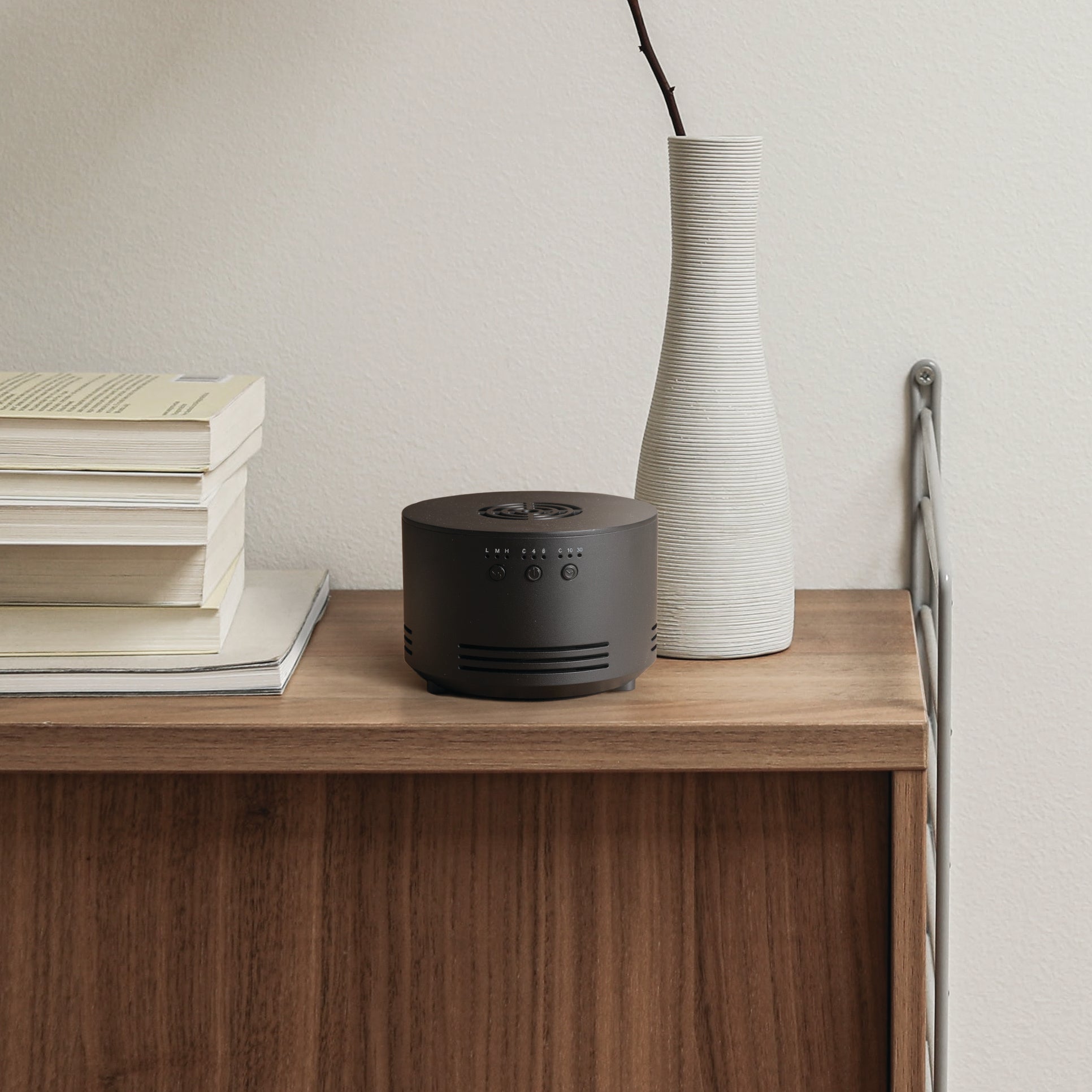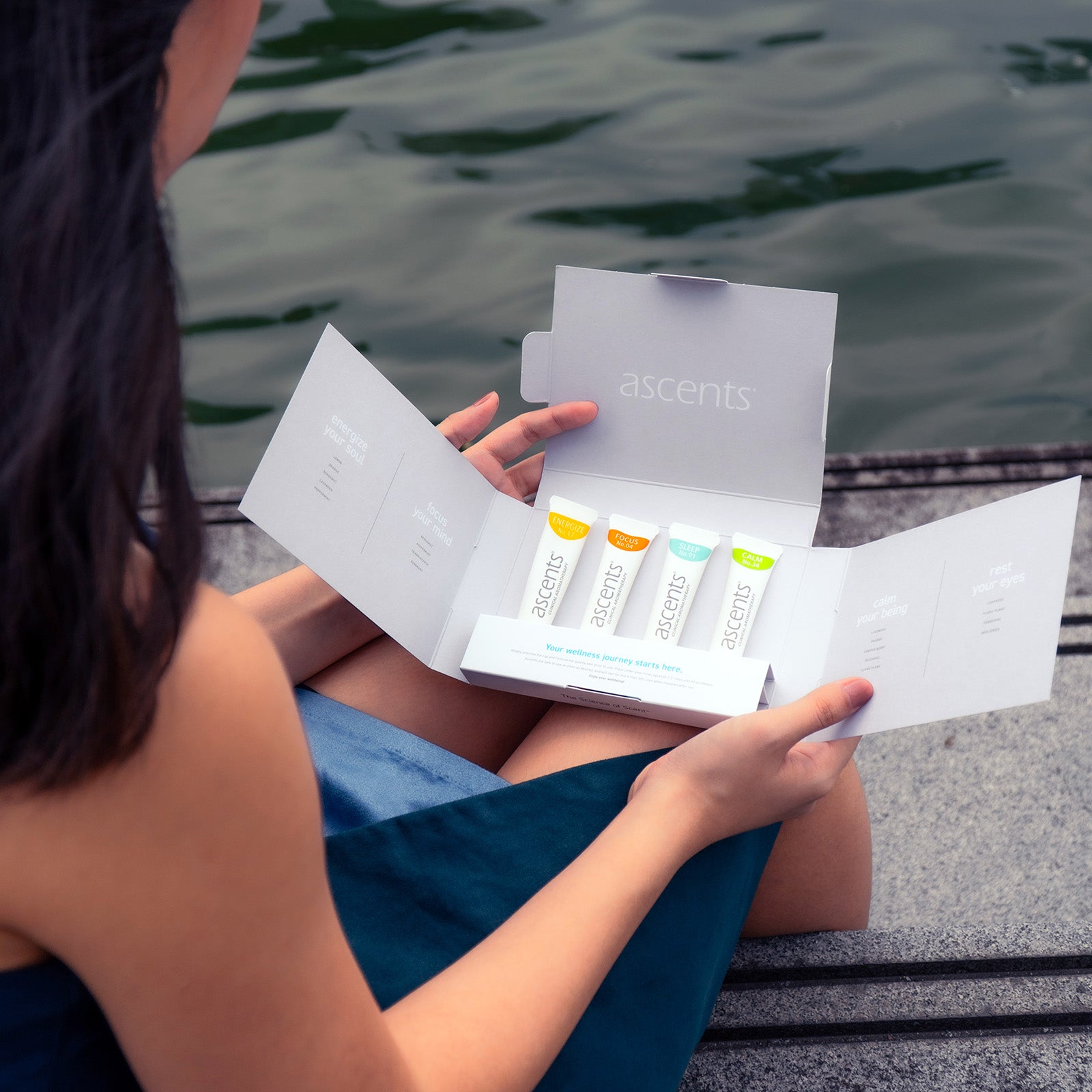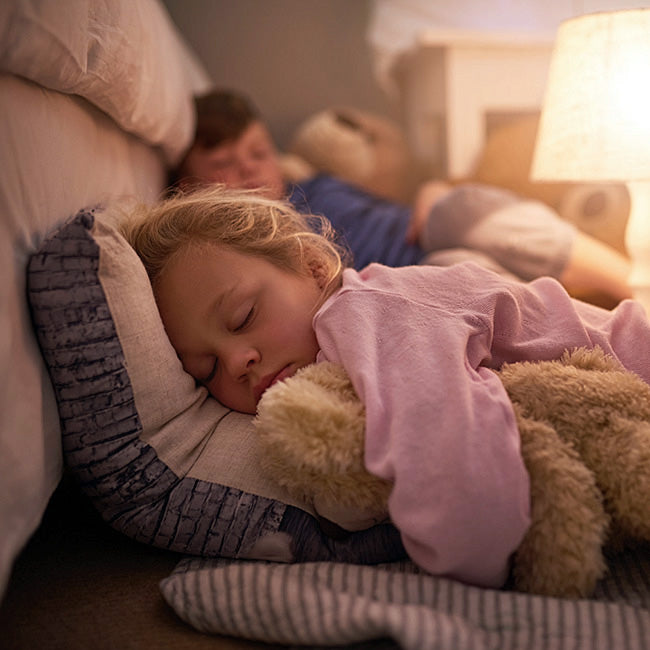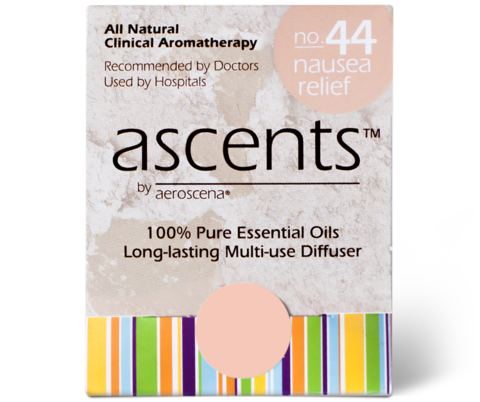PTSD, Virtual Reality, and the Science of Scent

Mainstream coverage of virtual and augmented reality has focused primarily on its uses in the entertainment sphere — video games and movies. Occasional forays into more experimental uses are occasionally noted, such as its integration into the Tribeca Film Festival’s Immersive programs, Virtual Arcade and Cinema 360º.
While the applications for VR and AR are vast, the most important research being carried out is not being completed for the sake of more and better entertainment, but instead, to find ways to better assist medical professionals in treating patients.
An area of particular promise for virtual reality in clinical settings is in the treatment of PTSD, especially that which is a result of military duty in conflict zones, such as Vietnam¹, Iraq², and Afghanistan. According to the Department of Veterans Affairs, it’s estimated that up to 20% of Operation Enduring Freedom and Operation Iraqi Freedom veterans, 10% of Gulf War veterans, 30% of Vietnam War veterans have experienced PTSD. VR is also showing potential efficacy in the prevention of PTSD in active duty soldiers³. Because of these factors, the need for research into innovative PTSD research and treatment continues to grow⁴.
Enter the science of scent.
Scent is the most primitive and powerful of our senses. Our sense of smell is more closely linked with memory than any of our other senses, a phenomenon that has been studied at length in clinical environments⁵. In fact, scent is considered particularly potent for eliciting rich memories.
This is one reason why scent is considered by many to be the next frontier for virtual reality to conquer — it’s that important to creating truly realistic experiences. Although scent-enhanced virtual and augmented reality is nothing new, a wave of products have recently entered the market in limited ways with the mission of attempting to artificially recreate a variety of environments in order to make the perception of virtual experiences feel more believable.
For all of the money being spent to make VR-enabled entertainment more realistic via the use of scent, there are more beneficial uses for these innovations than in video games and movies, and one of those is in the treatment of PTSD. In fact, research has shown that significant opportunities exist to modify VR-based treatments for PTSD with scent to enhance their therapeutic benefits⁶, especially as it applies to exposure therapy.
Which brings us to what’s truly the next frontier in virtual reality — the use of research-backed, evidence-based scent blends, formulated specifically to compliment VR-based therapies and increase their efficacy. Clinical aromatherapy as an adjunct to other medical treatments has been used successfully for years to help treat symptoms of mental health conditions such as anxiety⁷ and insomnia⁸, both of which share a similar psychological and physiological basis with PTSD.
The combination of cutting-edge, clinically-based VR research with previously-established scientific understanding of the interplay between our olfactory systems and emotions very well be the “new new” thing: that which pushes VR-assisted therapies past the experimental stages and into the world of accepted medical science.
Mark Kohoot is the founder and CEO of Aeroscena®, the world leader in clinical aromatherapy research and formulation for medical environments.
² VR PTSD exposure therapy results with active duty OIF/OEF combatants. https://www.ncbi.nlm.nih.gov/pubmed/19377167
³ Virtual reality exposure therapy for active duty soldiers. https://www.ncbi.nlm.nih.gov/pubmed/18612993
70% of adults in the U.S. have experienced some type of traumatic event at least once in their lives. This equates to…www.ptsdunited.org
⁵ Proust nose best: odors are better cues of autobiographical memory https://www.ncbi.nlm.nih.gov/pubmed/12184552
⁶ Olfactory Stimuli Increase Presence in Virtual Environments https://www.ncbi.nlm.nih.gov/pmc/articles/PMC4910977/
⁷ Ascents® Calm №34: Research Abstracts for Component Oils https://www.shopascents.com/pages/ascents-calm-no-34-research-abstracts-for-component-oils
⁸ Ascents® Sleep №91: Research Abstracts for Component Oils https://www.shopascents.com/pages/sleep-no-91-research-abstracts-for-component-oils







Leave a comment
This site is protected by hCaptcha and the hCaptcha Privacy Policy and Terms of Service apply.